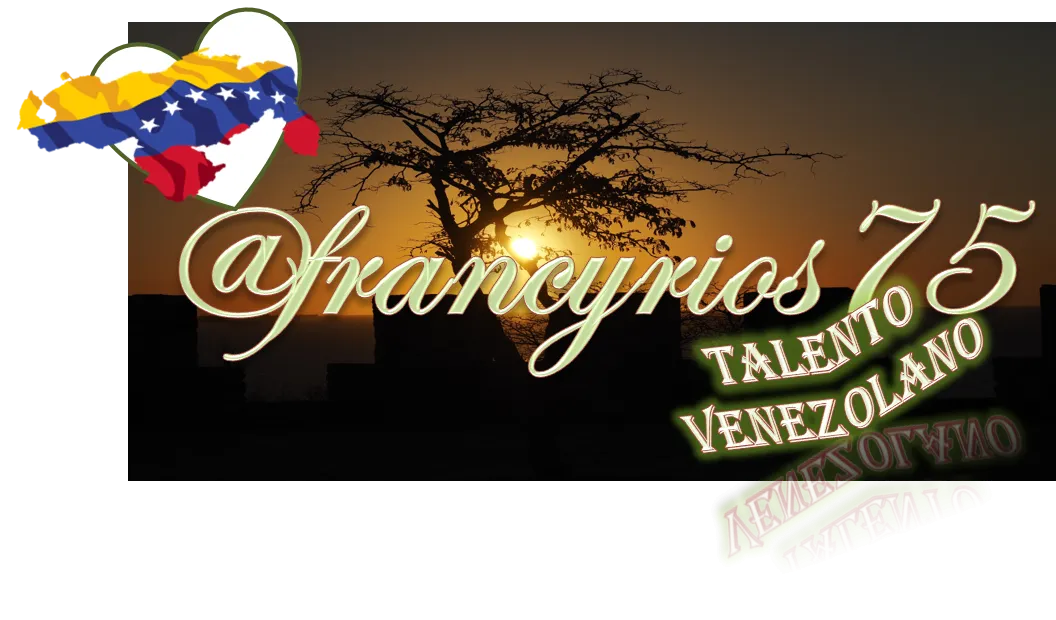Bienvenidos Queridos Amantes de la Fotografía
Welcome Dear Photography Lovers
Hola queridos lectores, hoy estoy un poco nostálgica, hay días en que me pega más el encierro. Recuerdo que ya no puedo salir a tomar mis fotografías como lo hacía antes y bueno, me siento con un ave enjaulada. Solo me queda evocar mis recuerdos a través de las fotografías de mi fototeca. Hoy estuve revisándola y encontré unas que espero les guste, las tome a principio de este año. Fuimos a un centro comercial que queda en la ciudad de Lechería, llamado Plaza Mayor.
Hello dear readers, today I'm a bit nostalgic, there are days when I feel the confinement hits me the hardest. I remember that I can no longer go out to take my photographs as I did before and well, I feel like a caged bird. I can only evoke my memories through the photographs in my photo library. Today I was going through it and I found some that I hope you like, I took them at the beginning of this year. We went to a shopping mall in the city of Lechería, called “Plaza Mayor”.
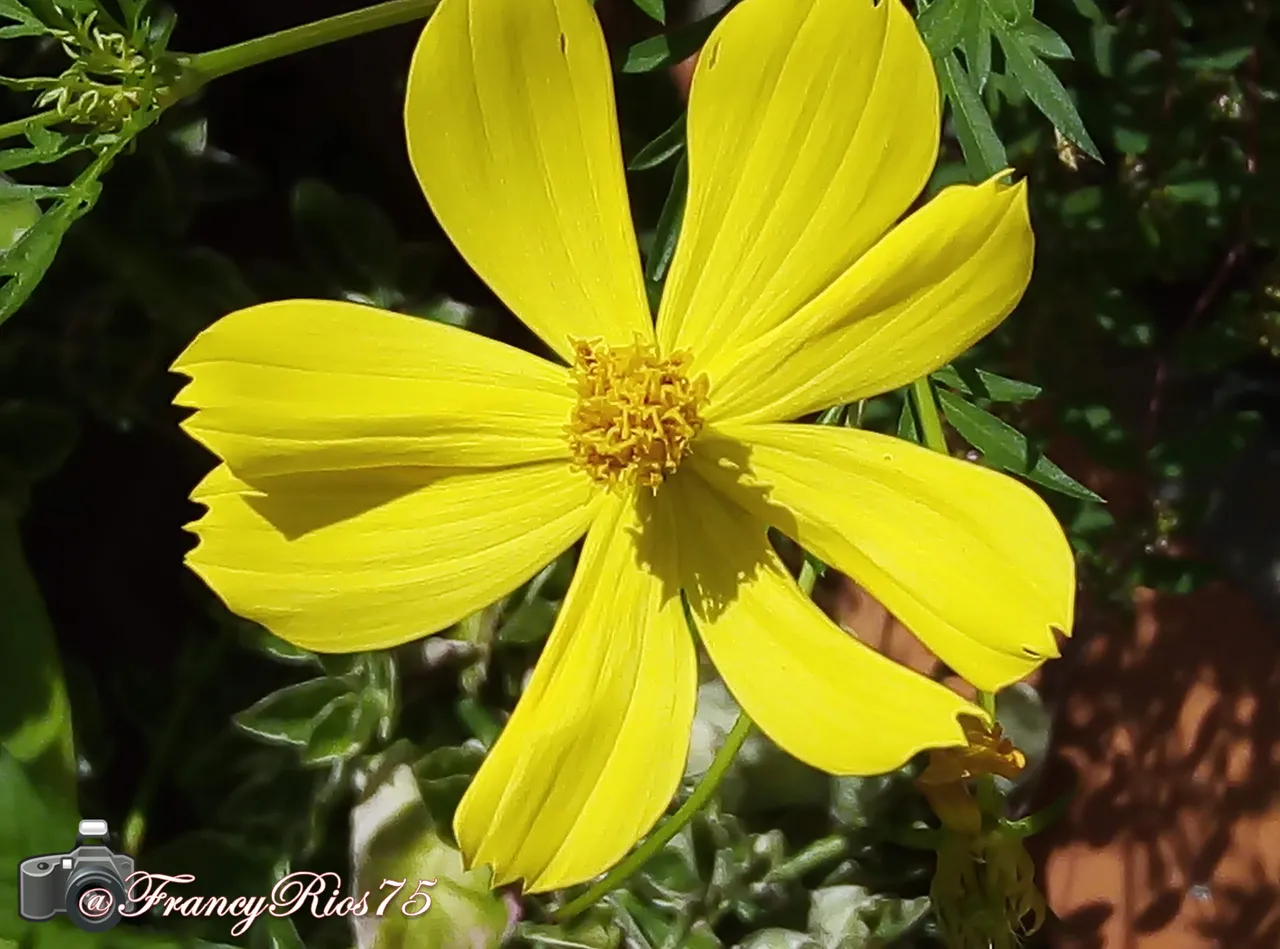

As our visit was early in the morning, of course there were not many people, so I was able to take a few pictures of the different flowers. As I was walking around the pier area, which is very nice by the way, I found some beautiful yellow "Mirasoles" in one of the planters at the edge of the road. These magnificent native Mexican plants as you can see in the pictures have a wonderful yellow color that makes anyone's soul happy.

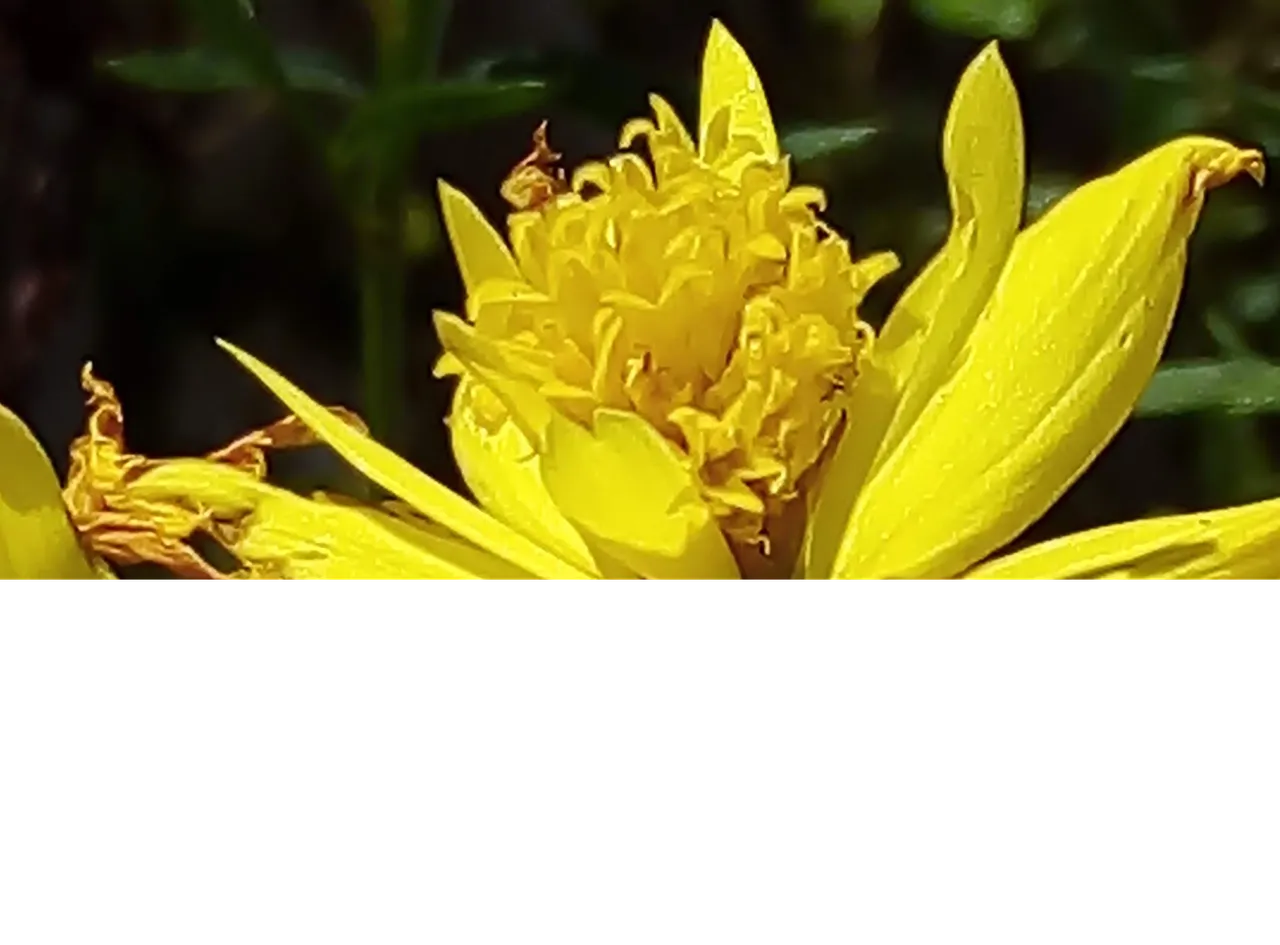

Cosmos Suphureus, the name by which it is known scientifically, is a phanerogamic or spermatophyte species, which in logos terms indicates that it is a plant with seeds. But this plant considered endemic to Central America, is known by a variety of names, including Cosmo, Mata Piojos, Cosmo Azufrado, San Miguel, Chochopali, Sochipal, Sumpual, Cempual, Suchipate, Chuchupal, Cambray, Flor de Vida, Aceitillo, Flor de San Francisco and Rosilla Amarilla. Moreover, in Mexico it is known by several names in indigenous languages, which by the way are almost unpronounceable.

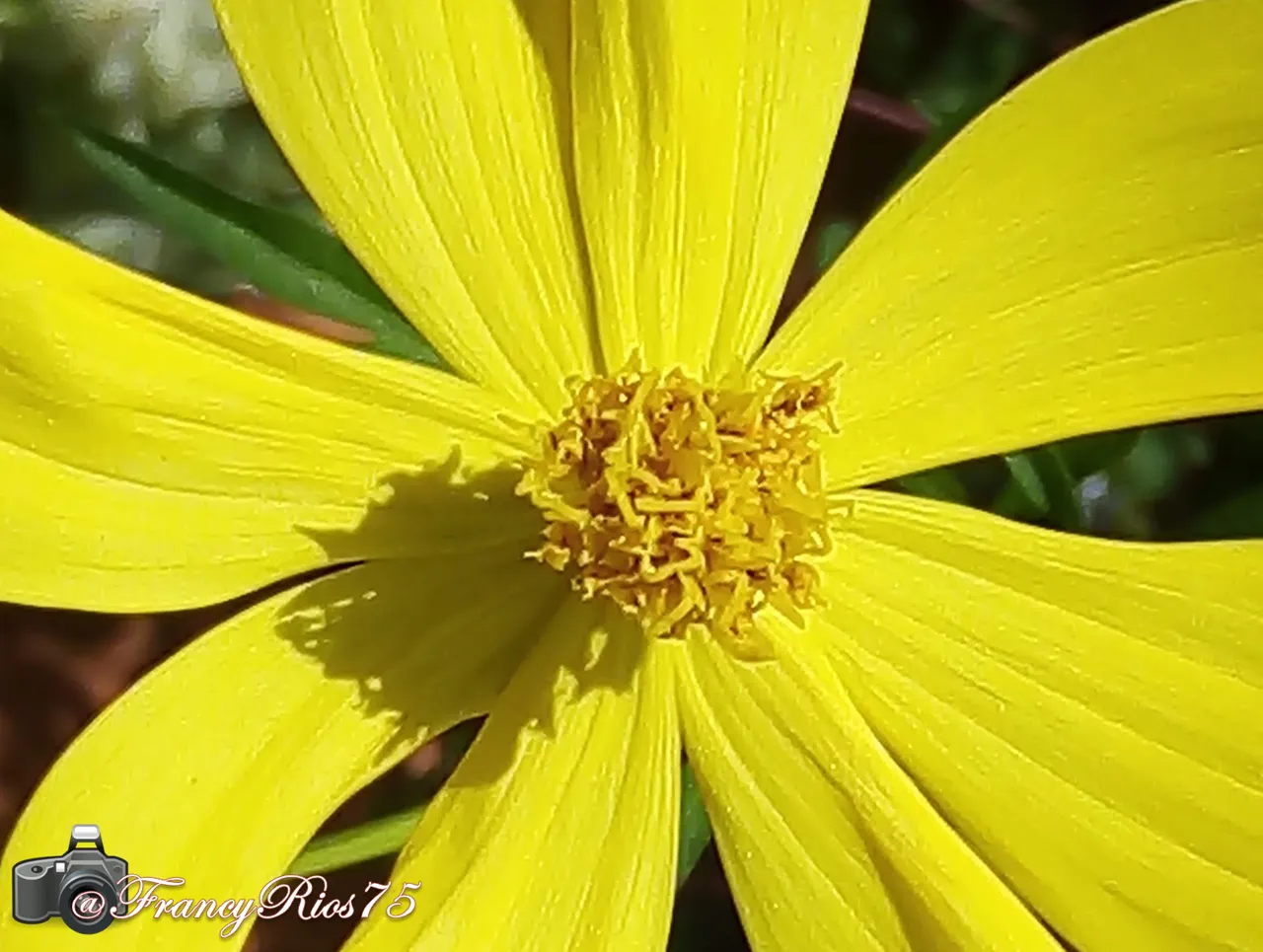

As you can see, this plant is known by a myriad of names, but I for one had no idea what it was called, prior to my research. In my profound ignorance, it was simply a yellow Daisy, which is why I love making these posts. When researching the natural wonders that I photograph, I always get beautiful surprises. In addition, I gain new knowledge, which helps me to understand the world around me and to appreciate and enjoy it more fully.

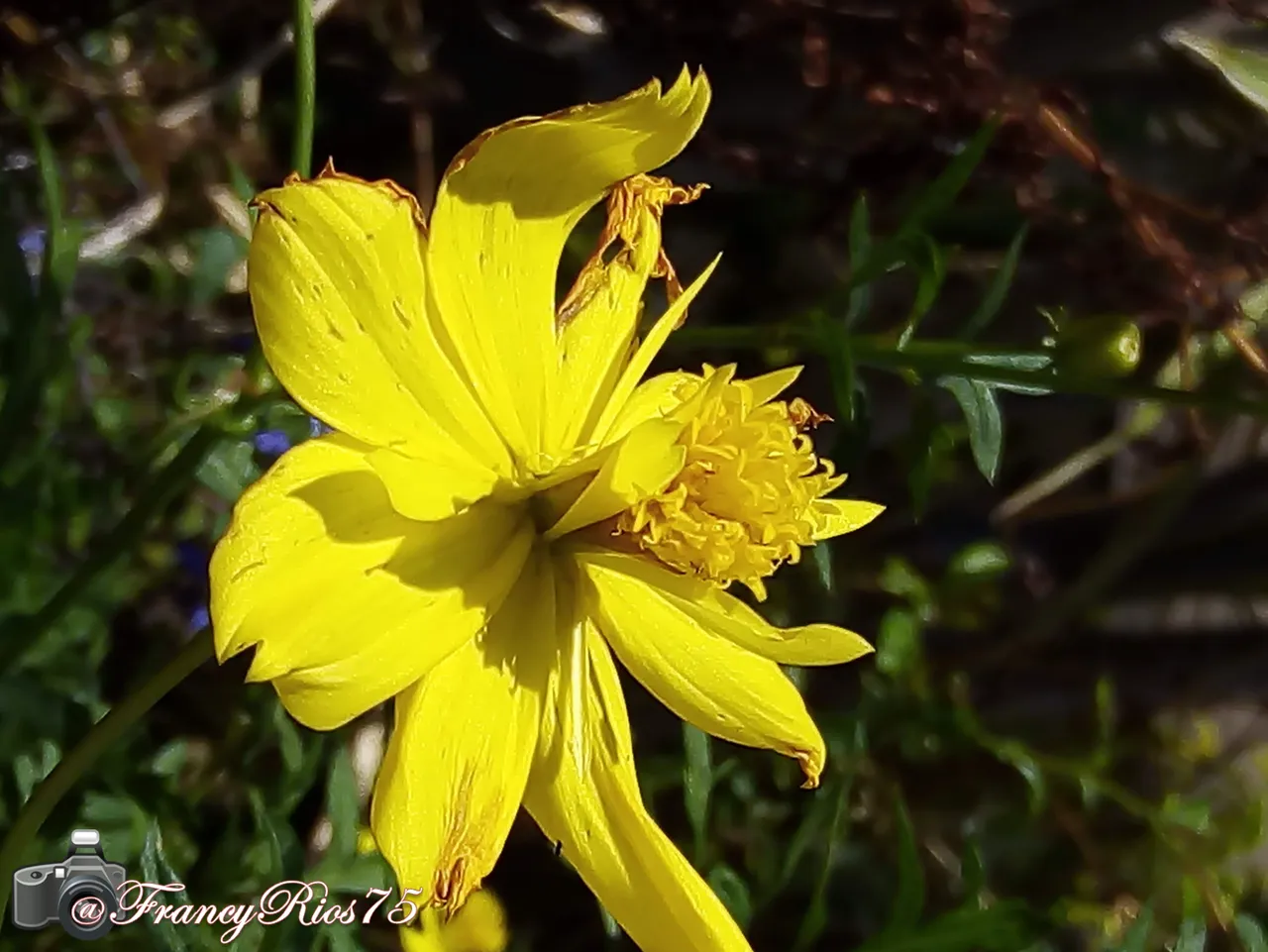

Continuing with the subject, I had already mentioned that this erect, short-lived herb, which can reach 2 meters in height, is native to Mexico. It is found in the wild in open places in the center and south of this country. In Mexican lands, it is common to see it along roadsides or riverbanks, but always in those regions where the average temperature does not drop below 18°C. But this plant has also managed to adapt to other parts of the world, such as the Antilles, Florida, the tropical regions of South America and Europe.

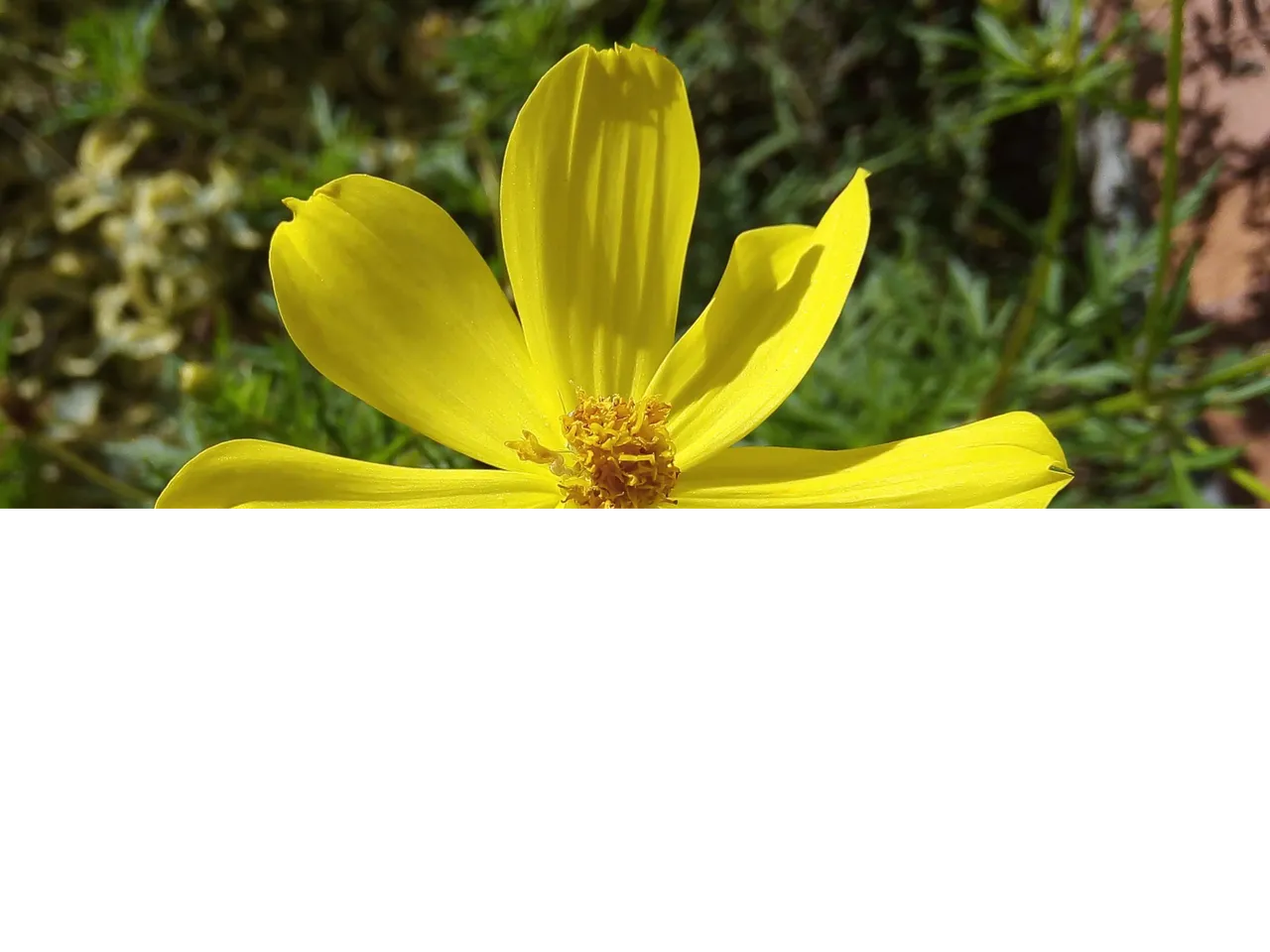

The beautiful yellow Mirasol is an annual plant that prefers alkaline soils, but with good drainage and low nitrogen content. Although it tolerates medium shade, it really loves the sun, especially during its flowering period, which reaches a better development in its presence. The fact that it does not normally fall victim to diseases or insect attacks, together with its resistance to periods of drought, makes it a very strong plant.



Something peculiar about this plant is that what at first sight we admire as its flower is nothing more than a false flower. Actually, what we perceive as the petals of the flower, is actually known as floral bracts. Now, I will explain a little of what I understand about this subject, it turns out that they are kind of leaves but not normal, they are like a more specialized type of leaves. The bracts are usually very brightly colored, even more so than the actual flowers. Therefore, as they also emerge very close to the true flowers, we usually mistake them for flowers. Their function, in essence, is to protect the flowers from insects and weather conditions, thus increasing the likelihood that they will reach their full development.

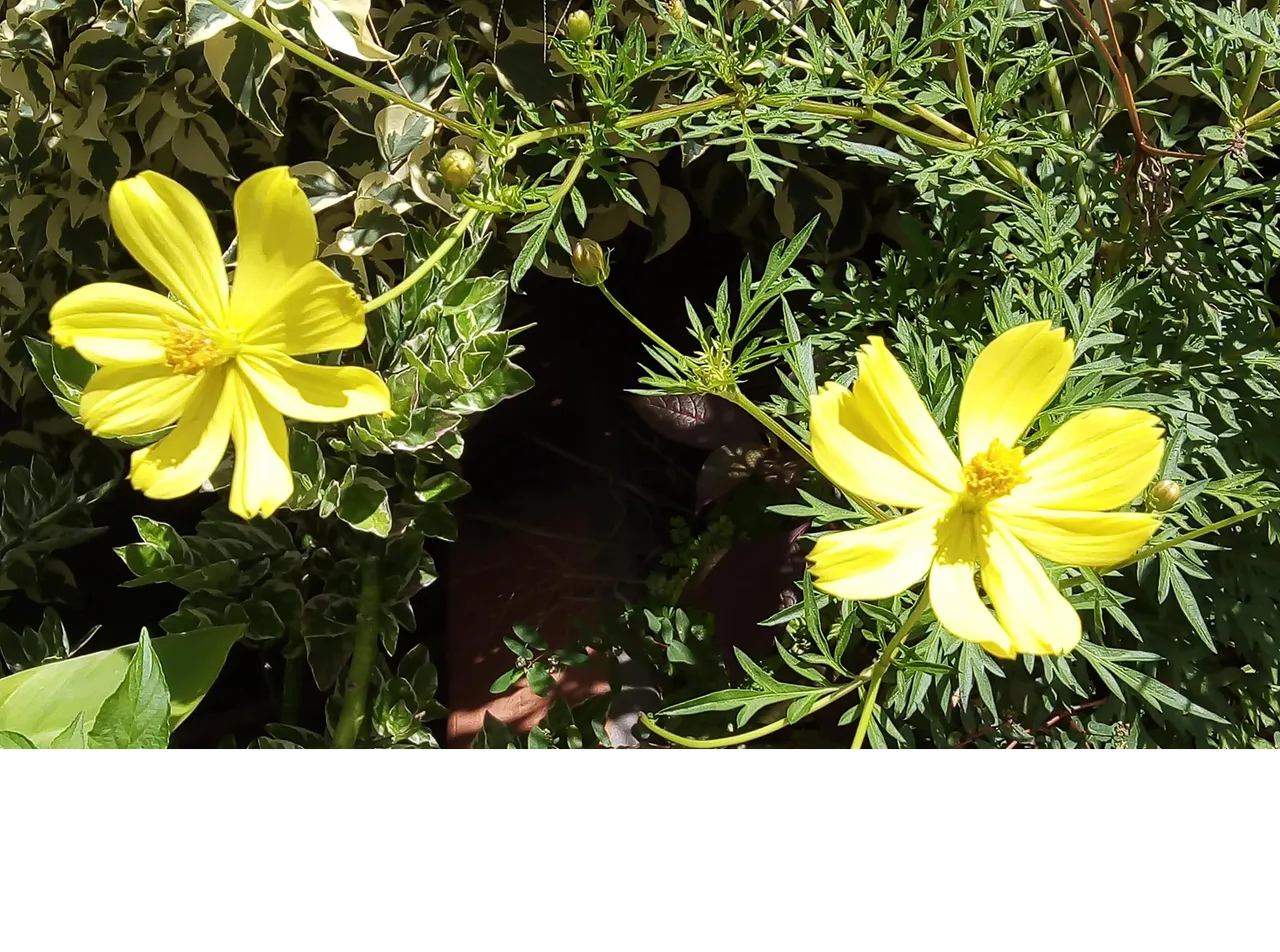

After what has been explained above, I hope it is clearer to you that what appear to be the petals of the flower are eight flower bracts. The true flowers are the 20 to 40 florets that are clustered in the center in a circular pattern. This is not always the case, but in the case of this species its small flowers are also of a striking yellow color, which attracts butterflies. Its beautiful inflorescences, make them very popular in the ornamental field, counting at present with a great diversity. These new varieties not only have a wider palette of colors, but also some of these varieties are dwarf or compound flowers.

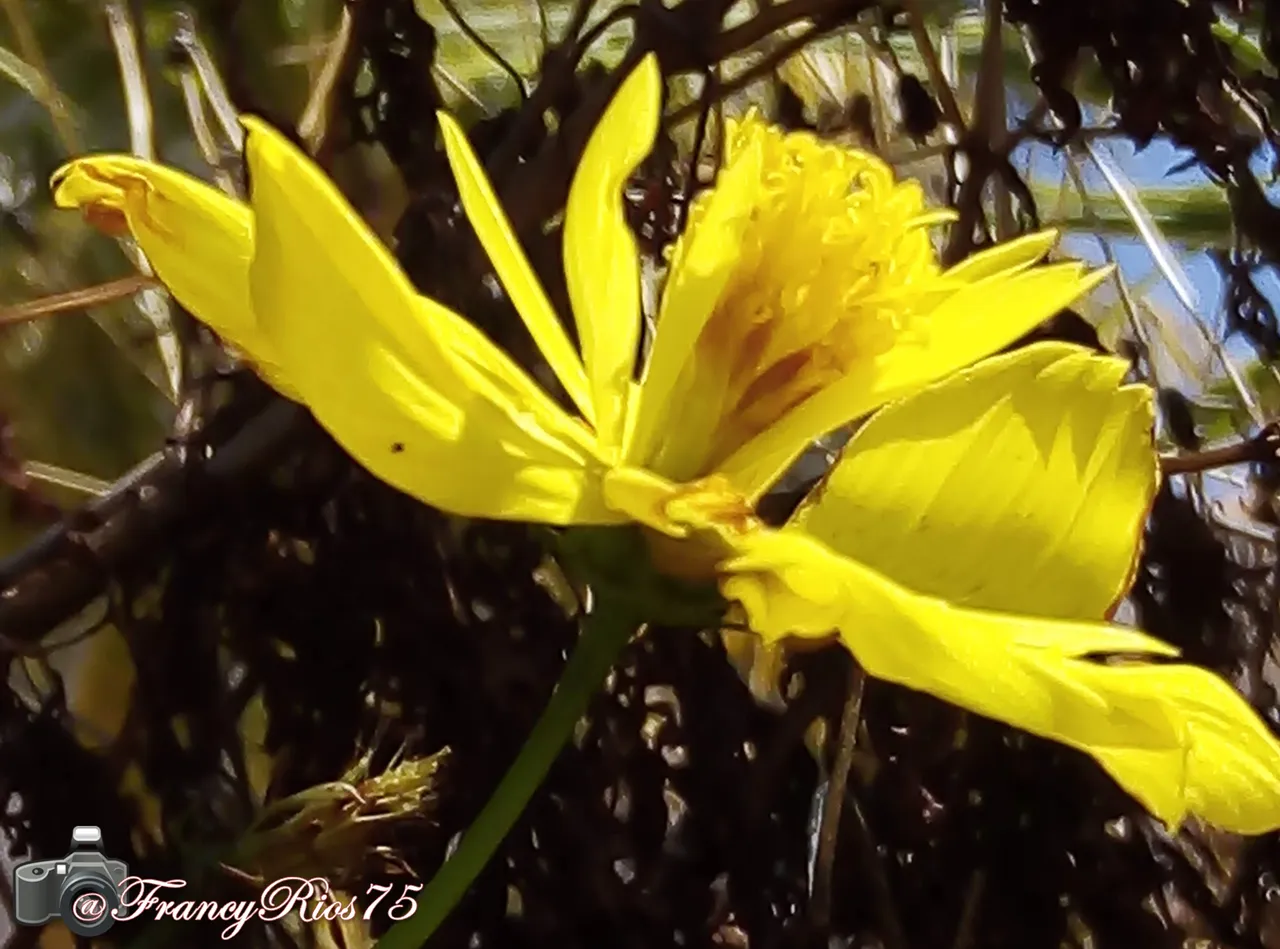

As for the characteristics of the plant I have already told you a little about them, now regarding the stem, it branches normally especially at the top. On the other hand, the leaves emerge opposite each other around the branches and are usually about 20cm long. As for its shape tends to be triangular, but is divided into segments that can be up to eleven. They are distributed from side to side, each one measuring approximately 7cm long.

Bueno queridos lectores por ahora me despido, espero que les gustara esta nueva selección de fotografías y que la información que les comparto sea de utilidad para ustedes. También espero sea del agrado del amigo @Adalger, ya que será mi entrada de esta semana para el maravilloso concurso que organiza, Amazing Nature Contest - June 2021 - #03. Les envío muchas bendiciones, no olviden cuidarse y cuidar a los suyos cumpliendo con las medidas de bioseguridad. Se les quiere.
Well dear readers, I hope you like this new selection of photographs and that the information I share with you will be useful for you. I also hope my friend @Adalger likes it, as it will be my entry this week for the wonderful contest he organizes, Amazing Nature Contest - June 2021 - #03. I send you many blessings, don't forget to take care of yourselves and your loved ones by complying with biosecurity measures. You are loved.

Referencias Bibliográficas
http://www.conabio.gob.mx/malezasdemexico/asteraceae/cosmos-sulphureus/fichas/ficha.htm
https://es.wikipedia.org/wiki/Cosmos_sulphureus
https://es.wikipedia.org/wiki/Spermatophyta

Contenido y fotografías de mi propiedad intelectual
Información Técnica
| Cámara | Pentax * istDL |
|---|---|
| Lente | * Pentax 18-55 |
| Iluminación | Luz Natural |
| Locación | Lechería, Estado Anzoátegui, Venezuela |
Content and photographs of my intellectual property
Technical information
| Camera | Pentax * istDL |
|---|---|
| Lens | * Pentax 18-55 |
| Lighting | Natural Light |
| Location | Lechería, Anzoátegui State, Venezuela |


